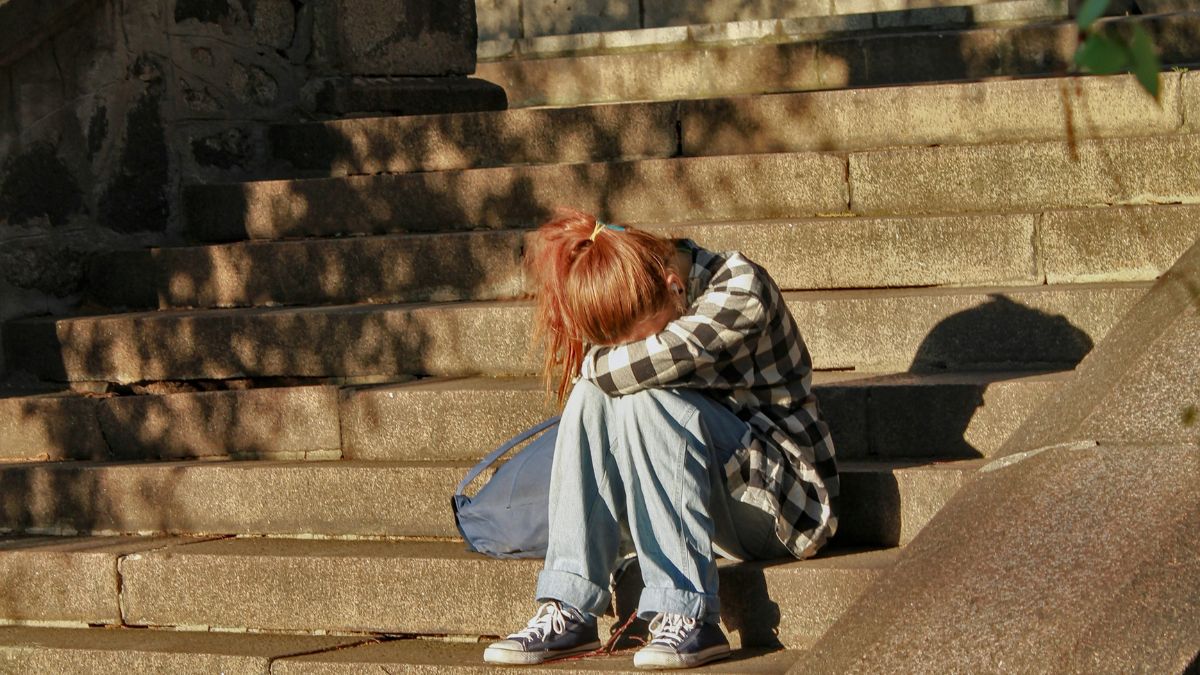

BP This Week
New Light on Old History
The city of Salem, Massachusetts, just ended a year-long commemoration of the 300th anniversary of the Salem witch trials. Tourists could drink coffee at the Witches Brew Cafe, or purchase T-shirts that said DROP BY FOR A SPELL. On a more sober note, some commentators took it as an opportunity to bash Christianity. The witch trials have become a symbol—alongside the Inquisition and the Crusades—for everything the modern world finds objectionable about the Christian religion. Detractors paint the Puritans as narrow-minded, superstitious, and cruel, hounding innocent people to their death. A perfect illustration, critics say, of the dangers in taking the Bible so seriously. But the historical record actually tells a much different story: The fact is, belief in the Bible is what put a stop to the witch hunts. You see, the Salem witch trials took place at a time when nearly everyone—not just Christians—believed in witches and ghosts. In Europe, for example, literally thousands of people were condemned to death for witchcraft. Nor were all of these accusations false. In Salem, historical documents reveal that occult activity really was going on. It started when a group of adolescent girls began holding seances with a West Indian slavewoman who practiced voodoo. Soon the girls were exhibiting strange behavior: speaking gibberish, contorting their bodies, and falling into strange fits. Some girls had convulsions so violent that several grown men could hardly restrain them. Historians used to dismiss all this as either deception or a hysterical mental disease. And some of it may have been. But in our own day, we've witnessed a resurgence of occult practices, and we know witchcraft can be real. People familiar with the occult say the behavior exhibited by the young girls in Salem bore all the marks of demonic possession. That's certainly how it was interpreted at the time. Yet the girls themselves were never accused of witchcraft. Instead, the civil authorities arrested the West Indian slavewoman, who openly professed to deal in magic, along with a few other women who apparently dabbled in the "black arts." One even had voodoo dolls, complete with pins. Things got out of hand when the young girls began accusing other citizens of being witches. Eventually, scores of solid, God-fearing men and women were arrested, and the infamous hangings began. That's when the church intervened. The great Puritan theologian Increase Mather published a sermon, signed by 14 other pastors, condemning the judge for using lax standards of evidence. That turned the tide, and the trials were finally stopped. Given the facts, it's a little strange that today the Salem trials are almost universally regarded as a symbol of religious hysteria. For it was the church that ended the hysteria. And the number of people actually hanged came to 19—about the same number killed on a normal weekend in New York City. So the next time you hear the Salem witch trials used to symbolize the evils of Christianity, why not set the record straight. The fact is, the Puritan belief in the Bible is what squelched the fires of fear and superstition. Just as God's truth does in every age.
03/9/93















